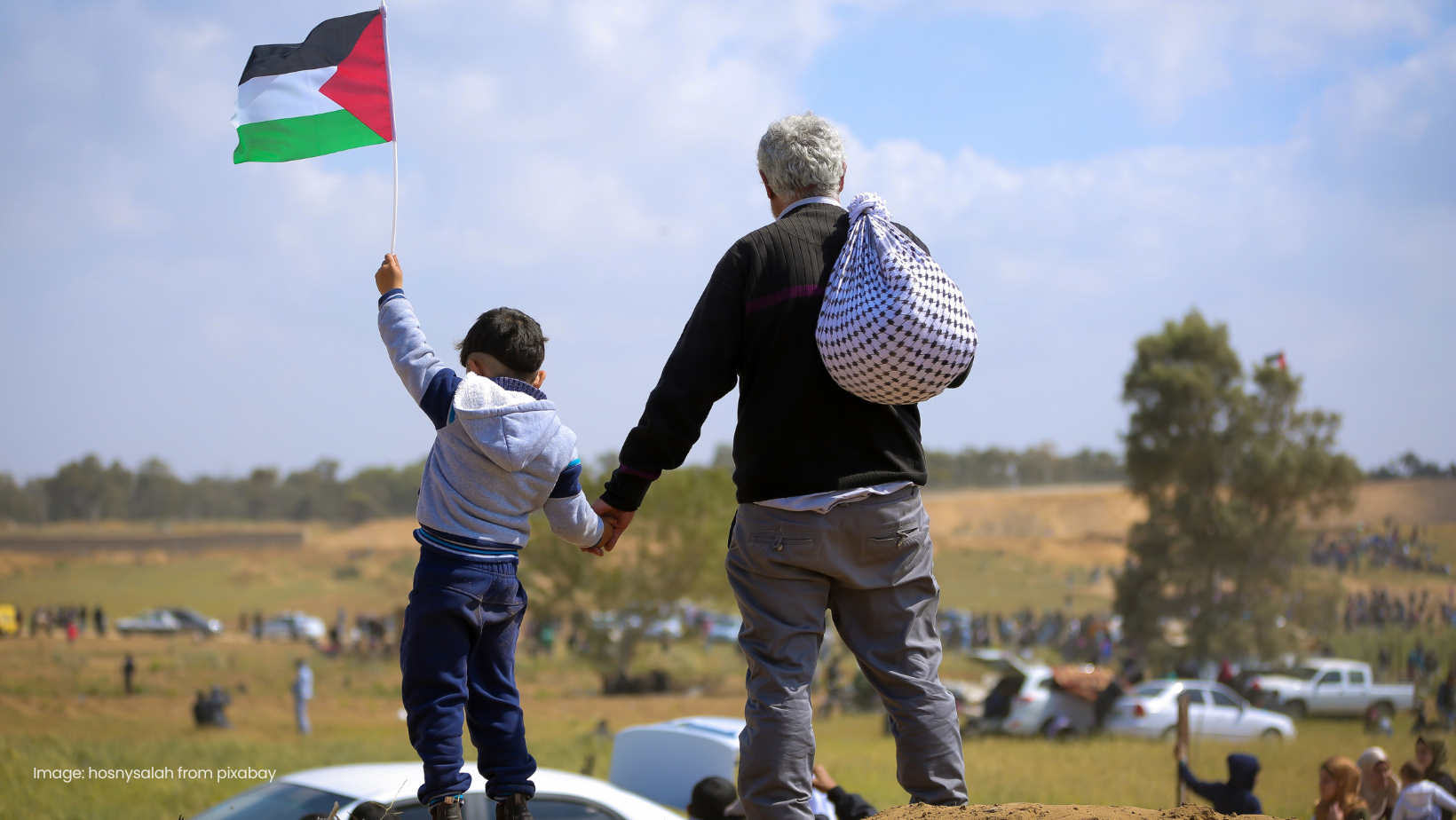All Eyes on Rafah: The Simple Basics You Need to Know

Since there has been consistent growth in online awareness, it is impossible to not know what is actually meant by “All Eyes on Rafah.” It is an attention to call people to pay attention to what is happening in Rafah, a city located in the North Sinai and Egypt’s eastern border with the Gaza Strip.
Why Rafah?
Due to the conflict on the other side of Gaza, Palestinians are forced to move towards Rafah, where it is designated as a “safe zone” by the israeli armies. The ongoing Israeli military campaign against Hamas has resulted in intense aerial and ground bombardments across the Gaza Strip, leading to significant casualties and widespread destruction. As a result, many Palestinians have been forced to flee their homes in search of safety, with Rafah serving as a focal point for those seeking refuge amidst the violence.
Rafah, the southernmost city in the Gaza Strip, was designated by Israel as a “safe zone.” However, despite this designation, Israeli military operations, including bombings, have continued in Rafah, undermining its status as a safe area and putting residents at ongoing risk.
The city is an essential destination for Palestinians trying to flee the violence and obtain humanitarian help because of its closeness to the Egyptian border and its importance as a point of entry and departure from Gaza. In addition, the closure of other border crossings and the limited safe spaces within Gaza make them seek shelter in Rafah.
What are the “evacuation zones” and “humanitarian zones”?
Evacuation zones
Since the conflict began in October, the Israeli Defense Forces (IDF) have designated over three-quarters of Gaza’s territory as evacuation zones, urging civilians to move to safety during military operations and cross-border attacks. These orders have affected various areas, with the IDF issuing warnings for civilians to relocate to designated shelters or safer locations. The cumulative area designated as evacuation zones covers 281 square kilometers, equivalent to 77% of Gaza’s total territory, and the IDF continues to expand these zones as operations progress. However, despite these measures, concerns persist among the UN and aid agencies regarding the adequacy and safety of these evacuation zones for Gaza’s two million civilians.
Humanitarian zones
The IDF has established “humanitarian zones” within Gaza, including al-Mawasi, a coastal strip of agricultural land, to offer crucial services and supplies to displaced civilians. These zones aim to provide necessities like field hospitals, tents, food, water, medication, and other resources. Covering 60 sq km, the expanded humanitarian area in al-Mawasi, north of Rafah, supports the basic needs of displaced individuals. Nevertheless, the UN has expressed concerns about directing civilians to these zones, citing limited infrastructure, supplies, and challenging living conditions.
Are there other places for Palestinians to go?
Apparently, they are but the risk is high and it is extremely dangerous to evacuate. However, according to the UN, there is no safe zone. It was said that they were going to the north; however, since the first week of the war, none of the Palestinians have been allowed to go there. According to a report by The Guardian, a Palestinian stated that their last stop is Rafah and they refuse to go outside of the Gaza Strip. One of the Palestinians is also said to fly to Egypt but due to the blockage of the road to the border, they are not able to get treatment in Egypt.
What is Israel trying to achieve?
According to al-Jazeera, they wanted to seek “absolute victory” over Hamas. However, they are criticized, even from its allies, due to a lack of a clear plan or a lack of long-term strategy. They added that, according to experts, the act of destroying and killing is part of the objectives. Benjamin Netanyahu, the prime minister of Israel, is allegedly utilizing the war to strengthen his position of authority within Israel while the Palestinians are suffering, according to some experts. Moreover, Israel’s military actions, including destruction and killings, are seen by some as a strategy to pressure and demoralize the Palestinian population in Gaza, potentially weakening support for Hamas among Gazans.
The Global Response and Calls for Action
On social media, the “All Eyes on Rafah” movement has gained growth, with many urging greater awareness and action to solve the problem. People have been actively spreading awareness online, signaling that the situation remains ongoing and requires continued attention. To maximize awareness, online influencers play a crucial role, as demonstrated by a recent collaboration between two popular Malaysian influencers, Sofyank and Khairul Aming. The eight-minute video helps the others gain an understanding of what was happening there.
Despite the growing awareness, there is concern about the situation and not being able to do anything about it. Across the world, there have been calls for governments, international organizations, and civil society to take concrete steps to end the violence and provide humanitarian aid to the people of Rafah and the broader Gaza Strip.
Conclusions
In summary, the city of Rafah, which has become a focal point as Palestinians flee the ongoing conflict between Israel and Hamas, is now no longer a safe zone for them. Not only in Rafah, but almost nowhere. Despite that, the “All Eyes on Rafah” movement has gained traction online, with calls for governments and organizations to take action to end the violence and provide humanitarian aid.






